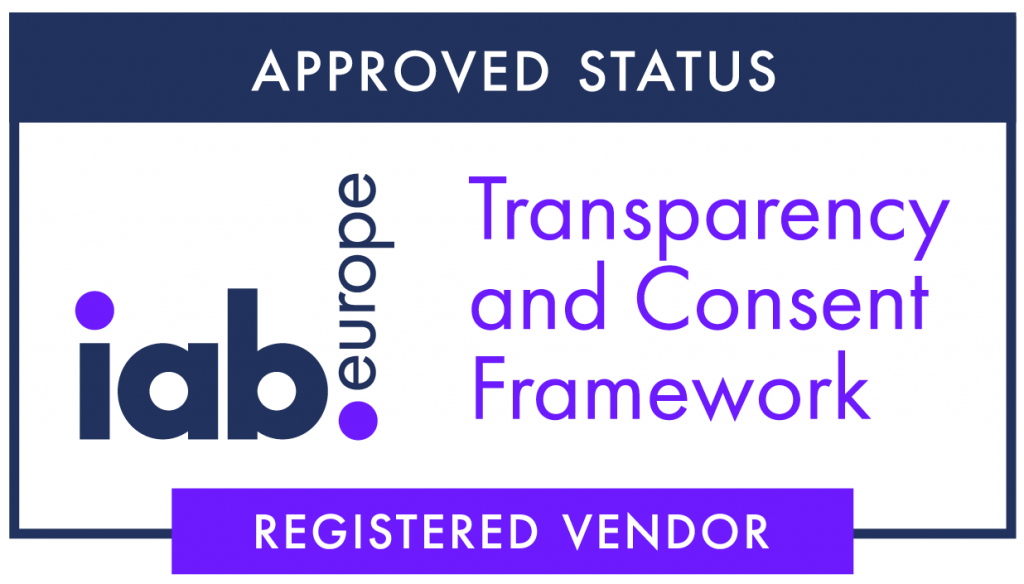
The sales of native advertising will expand at an exponential growth rate CAGR of 375% between 2022 and 2032.
Native advertising has rapidly increased in popularity and is certainly one of the fastest growing channels of digital advertising. Since its inception in the early days of search engines and social media, this digital marketing strategy has become one of the most popular advertising trends of the twenty-first century. Native ads behave like any other paid ad – with a key difference. They are designed to fit seamlessly with their hosted page, almost appearing as part of the content. Native ads look similar to the rest of the host page (i.e. native), so consumers often can’t tell them apart from the actual page. A popular form of native advertising can be found on online news websites and magazines. A sponsored post will often appear in the “Recommended Articles” section or as an in-feed button that will take readers to a separate page. The similarity in design of the site’s content creates a less disruptive ad experience. Actually, they are made in the only way to capture a user’s attention in a non-intrusive and interruptive way. Native ads are user-centred, strongly focused on the quality of the content. Creative quality and format familiarity ensure much higher engagement and better brand lift.
By research of the Future Market Insights the global native advertising market is estimated to exceed US$ 650 Bn by the end of 2032. The sales of native advertising are expected to reach US$ 100 Bn by 2022, exhibiting growth at an exponential CAGR of 375% over the upcoming decade. Increasing penetration of smartphones and internet across the world is one of the leading factors augmenting the growth in the market.
Native advertising is an umbrella term
Like most marketing terms, native advertising is an umbrella term and is applied to a variety of digital content. There are three native formats that are the most commonly deployed to achieve native objectives and are identified as a core three native Ads by Interactive Advertising Bureau (IAB);
1. In-Feed/In-Content Native Advertising
Is also known as “In-Feed/In-Content Ads”. This is a dominant native ad format, which includes ads on content, commerce and social feeds. In-Feed Native Ads are placed in article and content feeds and are designed in such a way that they mimic the surrounding site design, editorial content experience, and aesthetics. As consumers scroll the listing of article summaries, editorial is mixed with native ad units providing an uninterrupted flow. In-Feed/In-Content Native Ads can appear on home pages, section fronts, within content on article pages, on product pages and social platforms. These native ads fit in to match both the layout (arrangement of elements) and design (font, colour scheme) of the surrounding content, and include disclosure language or other visual cues to let the consumer know that these are paid advertisements and not organic publisher or platform content.
There are three primary types of feeds where Native Ads typically appear:
- Content feeds typically include articles, images or video branded/native content; e.g., publisher content sites and news aggregators such as CNN and Yahoo.
- Product feeds typically include product, services or app-install branded/native content; e.g., retail sites and app listings such as Amazon, Etsy and eBay.
- Social feeds typically include social content, articles, videos, stories, images and music branded/native content; e.g., social networking and messaging apps such as Facebook, Instagram, and Twitter.
In addition to understanding the publisher supply and ad placements being offered and contemplated by buyers, examining different permutations of In-Feed Ads is important so marketers and agencies know their creative options for In-Feed Native Advertising, particularly as more In-Feed Ads are served programmatically. It is also important for advertisers to understand the context of their ads on a given feed type, as what may work on one feed type or specific site may be inappropriate or less impactful on a different feed type or specific site. This is equally important from the publisher perspective to ensure that the in-feed ad type is a “fit” (e.g., a video ad on a video site) for the site to truly meet the aspiration of native ads. When a consumer clicks, taps or swipes on an In-Feed/In-Content Native ad, s/he will either remain on the same site as the In-Feed Ad, or be directed to a different, external destination site. The content in the native ad itself can be anything from text editorial, to video, content recommendations and more.
2. Content Recommendation Ads
Also known as Content Discovery Ads, Sponsored Content Ads, Content Recommendation Widgets, but by IAB renamed as “Content Recommendation Ads”. Content Recommendation ads remain a dominant native ad format and remain a type of native ad (article, video, product or web page) that are displayed alongside other editorial content, ads, and/or paid content. They are typically found below or alongside publisher content, such as an article or in a feed. When a consumer clicks on the Content Recommendation Ad, s/he will always be redirected either to an external page/URL or to another of the source publisher’s URLs.
3. Branded/Native Content
Also known as Brand Content, Sponsored Content, Custom Content, Added as a distinct native ad type. Branded/Native Content is paid content from a brand that is published in the same format as full editorial on a publisher’s site, generally in conjunction with the publisher’s content teams themselves. This content requires disclosure to the consumer that it is paid for/an ad. The content itself is, therefore, part of the native ad buy and should be considered as a native ad type. Most marketers find they need to augment their existing (owned) content assets with new paid-for options. Paid Branded/Native content is typically developed by a publisher on behalf of a brand or in collaboration with a brand, or is developed by an independent/specialty content marketing agency. The Branded/Native Content can be promoted by In-Feed or Content Recommendation Ads as defined above. This branded/native content is rendered on a page, hosted, and served by a publisher within the publisher site, like their editorial experiences. Scheduling, tracking, and reporting for Branded/Native Content ads is typically supported and provided by the supplier.
Native advertising formats are constantly evolving and if not covered under the core three types, any new format should be evaluated based on the IAB Native Advertising Spectrum Framework.
What are the Challenges Faced by the Native Advertising Market?
Native advertising is a more guileful contravention into consumer media content than any previous form of advertising. Large number of banner advertisement impressions may annoy readers. However, they do not misdirect them by discerning the source of the message, video, or other media, exactly what native advertising does. Also, high risk of damaging the brand’s image and integrity due to the high suggestion of deception and misleading readers for site contents are expected to hinder the sales of native advertising in the market. Regardless, native advertising with so many pros remains one of the fastest growing channels in digital advertising.
Native advertising isn’t a new concept, however it has continued to gain traction and importance amongst advertisers, particularly to deliver seamless advertising experiences to consumers. The content of your ad is important, but the context in which it appears is just as crucial.
Contact Content Exchange experts and start with, or improve your native advertising now.


